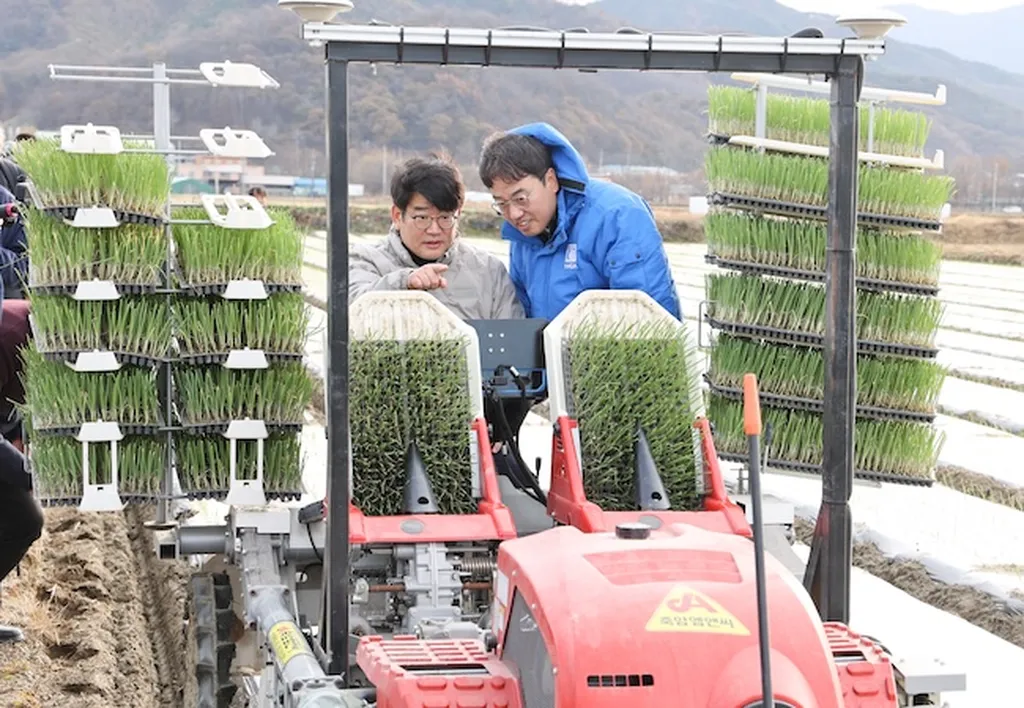In the heart of South Korea, researchers are tackling a critical challenge in modern agriculture: automating seed counting for direct seeding systems. Baek-Gyeom Sung, a professor at Chungnam National University’s Department of Smart Agriculture Systems Machinery Engineering, has led a team to develop a novel approach that could revolutionize rice cultivation and beyond.
Direct seeding has emerged as a promising alternative to traditional transplanting methods, offering labor efficiency and environmental sustainability. However, ensuring uniform sowing is crucial for stable seedling establishment, and manual seed counting is time-consuming, error-prone, and impractical for large-scale operations. “The need for automated solutions is clear,” Sung explains, “but domain discrepancies and limited labeled data have hindered robust real-world deployment.”
To address these challenges, Sung and his team have proposed a density estimation-based seed counting framework that integrates semi-supervised learning and background augmentation. Their system includes a cost-effective data acquisition setup that enables diverse domain data collection through indoor background augmentation. This innovative approach allows the model to learn from both labeled and unlabeled data, minimizing labeling costs while maximizing data utilization.
The results are impressive. Experimental data from unknown field domains show that their approach reduces seed counting errors by up to 58.5% compared to conventional methods. “This is a significant step forward,” Sung notes, “as it demonstrates the potential for scalable and effective solutions in real-world agricultural applications.”
The implications of this research extend beyond rice cultivation. As precision agriculture tools continue to evolve, automated seed counting could become a standard practice, enhancing efficiency and productivity across various crops. Moreover, the integration of semi-supervised learning and background augmentation could inspire similar approaches in other domains, such as environmental monitoring and crop health assessment.
Published in the journal *Agriculture* (translated from Korean as “농업”), this research highlights the transformative potential of advanced technologies in agriculture. As the global population grows and agricultural practices evolve, innovations like these will be crucial in ensuring food security and sustainability.
The future of agriculture is being shaped by cutting-edge technologies, and Sung’s work is a testament to the power of interdisciplinary collaboration. By bridging the gap between computer vision, machine learning, and agricultural science, researchers are paving the way for a more efficient and sustainable future. As the field continues to advance, the integration of automated solutions like this one will undoubtedly play a pivotal role in shaping the next generation of agricultural practices.

